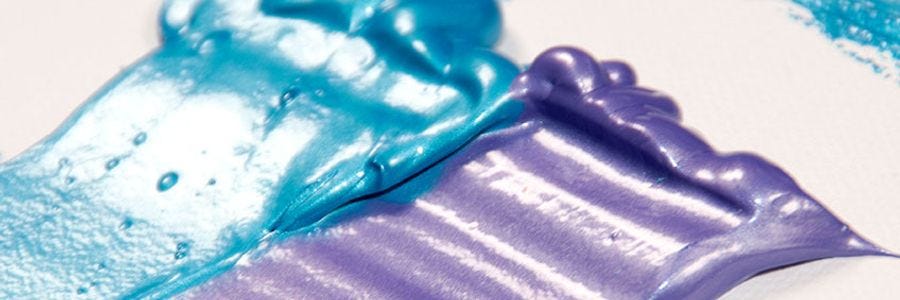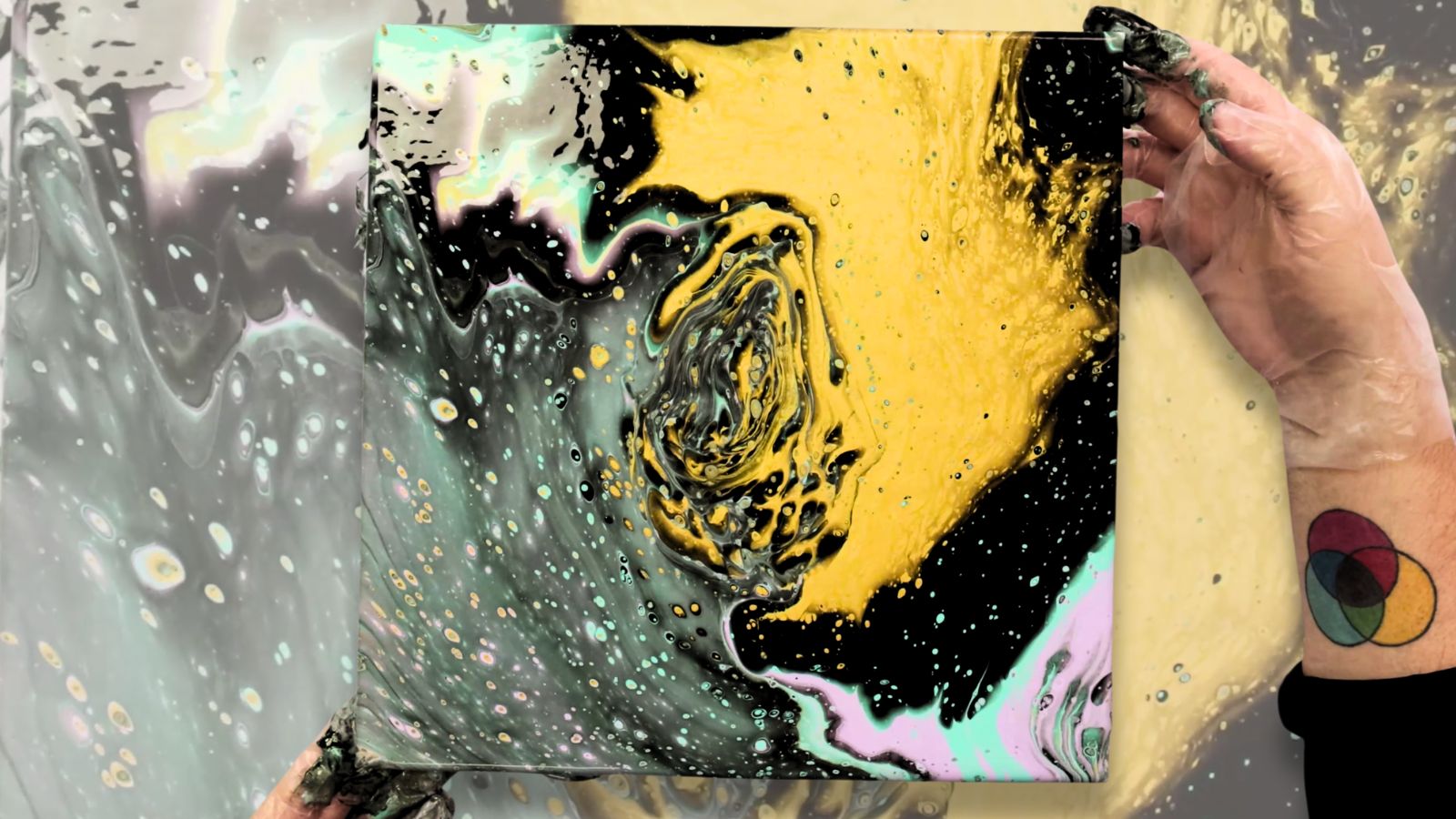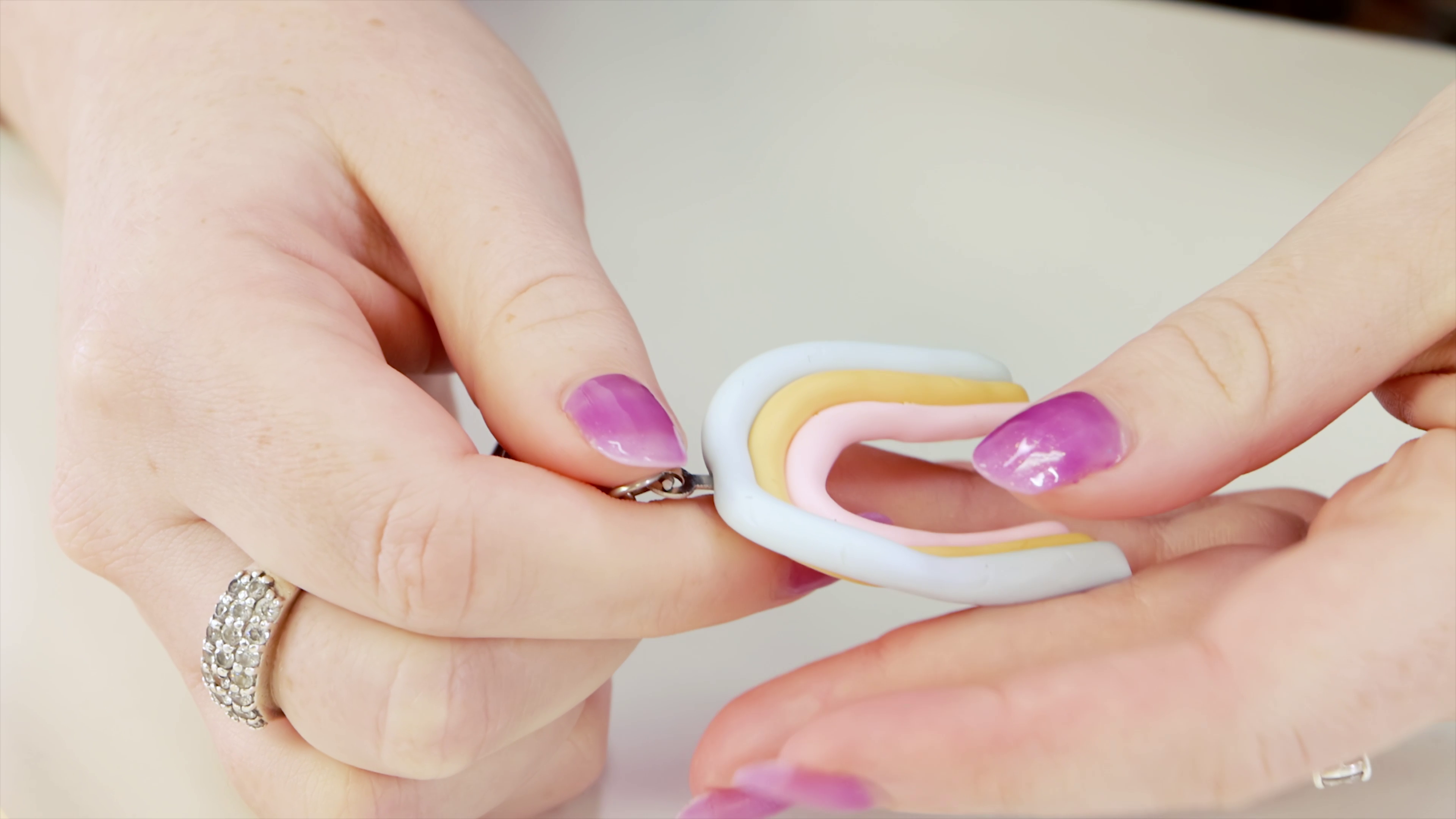What is a special effect paint? And why use this type of paint in art? If you have been painting for a while you will have realised that most effects and textures can be achieved with standard paint and a little technique in suggesting how the light plays on a surface. But, some effects are impossible to convey with standard paint alone, for example suggesting a pearl finish or a glittery surface are almost impossible, and there are times when a coat of a special effect paint such as these can really make a painting ‘pop’.
So, here is some information on the three main types that you may like to experiment with if you haven’t already!
Glitter Paint
This emulsion can be thought of as a water based glue with glitter suspended in it. When it dries, the carrier seemingly disappears and one is left with only glitter. This glitter paint can be used as a final top coat to add interest and vitality to the underlying coat when light catches it. Glitter paint works particularly successfully when glazed over the top of standard paint within the same colour grouping, for example; gold with yellow, red with cadmium red and so on. There is also a Silver Hologram Glitter Paint that adds real depth when used in the under-painting stage and then glazed over with translucent colours. The glitter paint can be built up in layers (allowing each previous coat to fully dry) so the amount of glitter can be subtle or abundant depending on the effect required.
Fluro Acrylic Paint
Many would think that fluro paint is a little garish and/or a bit 80’s, and as such, possibly not worthy of gracing a canvas. An interesting point is that fluro hues don’t fit into the standard chromatic colour gamut, and when used in the right setting, this paint type can deliver beautiful surreal colours that make a real statement. Just have a look at some of Francoise Nielly’s stunning portraits and you will see what I mean! The trick with using fluorescent colours is to juxtapose them with a very dark background. This way the colours resonate more. The nature of fluro pigment is that they are quite translucent, and for optimum results it is important for them to be painted over a titanium white base so the natural bright hue of the colours are not muddied by underlying tones. This technique works in the same way as with watercolours, where the base's ‘white point’ carries the opaque strength and the light travels through the top coat and refracts back to the viewer.
Metallic and Pearl Paints
Metallic and pearl paints are a very useful effect paint as they create a lovely reflective quality. They are fantastic to use as an under-painting as any translucent colours laid over the top will have a glow beneath them, and create a shimmer. One can also create a coat that differs in colour depending on what position one views it from. You might be familiar with this colour phenomenon on some car paint jobs. Essentially what you are seeing is one translucent colour painted over another translucent colour, painted over an opaque colour. The main pigment in these types of paint is mica. Mica is a naturally occurring mineral very similar to quartz. The trick with using mica-based paints is to first paint a dark base tone and then build up lots of thin layers allowing for each previous coat to fully dry before the next coat is laid down. For a good example of this easy technique you can have a look at the fairy sculpture painting in this month’s Creative Connection, as her pretty dress gets this ‘pearl’ treatment.
So next time you finish an art work and feel that it’s somehow missing something, maybe that missing element could be added with special effect paint!





































